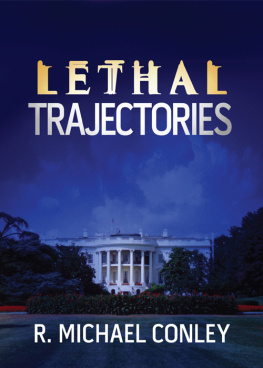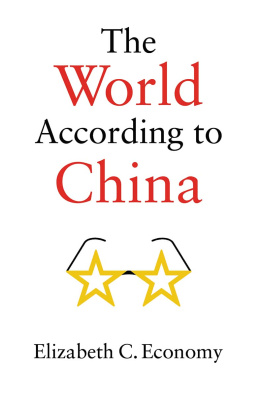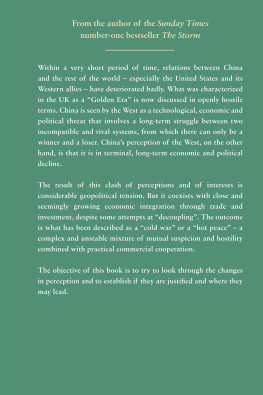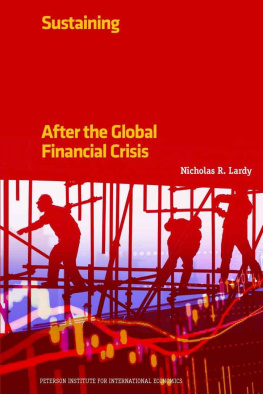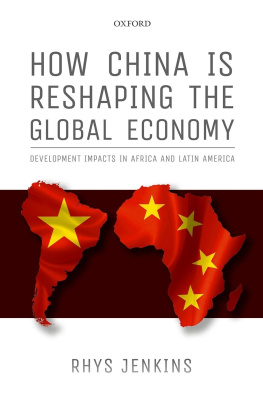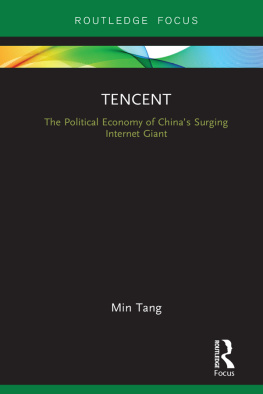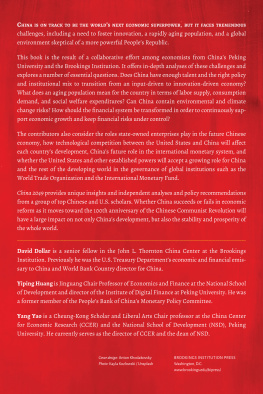LETHAL
TRAJECTORIES
R. MICHAEL CONLEY

LETHAL TRAJECTORIES copyright 2011 by R. Michael Conley All rights reserved. No part of this book may be reproduced in any form whatsoever, by photography or xerography or by any other means, by broadcast or transmission, by translation into any kind of language, nor by recording electronically or otherwise, without permission in writing from the author, except by a reviewer, who may quote brief passages in critical articles or reviews.
ISBN 13: 978-1-59298-454-1
Ebook ISBN: 978-1-59298-455-8
Library of Congress Catalog Number: 2011936830
Printed in the United States of America
First Printing: 2011
15 14 13 12 11 5 4 3 2 1
Cover and interior design by James Monroe Design, LLC.
 | Beavers Pond Press, Inc. 7104 Ohms Lane, Suite 101 Edina, MN 554392129 (952) 829-8818 www.BeaversPondPress.com |
To order, visit www.BeaversPondBooks.com
or call (800) 901-3480. Reseller discounts available.
I dedicate this book to my wife and best friend, Sharon; my daughters, Heather and Kristen, and son-in-law Todd; and my two precious little grandchildren, Keri and Sammy.
Thanks, gang, for just being who you are.
Acknowledgments
F or some time now I have written about the threatening interplay of energy, environmental, economic, and geopolitical forces and what their collision courses could mean for humanity. The big picture, unfortunately, has often been lost in the minutiae of charts, diagrams, and PowerPoint presentations. It finally occurred to me that this complex story might better be told through the medium of a novel. The problem was that I had never written a novel before. How does one start?
My world changed the day I found Beavers Pond Press. Their founder, Milt Adams, gave me hope and encouragement from the get-go. I channeled my energies and enthusiasm into a draft manuscript under the patient tutelage of Managing Editor Amy Quale. Milt and Amy, how can I ever thank you enough?
I then entered the advanced rewriting phase with Kellie Hultgren of KMH Editing, and I must say it often felt like going through boot camp again. Kellie challenged and cajoled me, offered unbelievable insights throughout the revision effort, and instilled in me an appreciation for the integrity of the writing process. Kellie, you are an exceptionally talented person and I cant imagine ever finishing this book without your help and guidance. Thank you.
There are simply too many other friends, associates, and organizations who helped make this book a reality to thank all of them individually, but you know who you are. My family helped and supported me throughout the process and patiently endured my preoccupation with writing the book. To all of you, I am deeply grateful. Last, I give thanks to the Good Lord for giving me whatever writing talent I might possess.
We are living in dangerous times, and the material covered in this book is frightening. Accordingly, I felt it was incumbent upon me to corroborate the books content through the research notes provided. Any similarities in names, organizations, or religions used in this book, unless otherwise noted, are purely coincidental; any errors of commission or omission, though unintentional, are mine.
Authors Note
L ook around. The seeds of destruction are sprouting everywhere. They can be seen in the chain reaction of uprisings in the Middle East and Africa. They are turbocharged by the economic meltdown of 2008 and crushing debt loads now plaguing many nations. They manifest in rising energy prices and tight control of the worlds oil supply by a handful of nations and cartels. Terrorism, threats of nuclear proliferation, and religious uprisings have fanned the flames, and shortages of food and fresh water, along with other climate-induced disasters, will increasingly hamper the worlds capacity to sustain its growing population. A perfect storm is brewing, and time is running out.
Lethal Trajectories is a story about how these unchecked forces collide to produce a global crisis of doomsday proportions. I have made every effort to base the story on observable forces now in play. Extrapolating from todays headline events, I have extended the trajectory of one possible scenario to 2018 to vividly illustrate the dangers we face. If you would like to know more about the facts behind this projection, you may find the research notes a useful resource either during or after your reading, and the afterthoughts section offers my perspective on what might be done to deflect such a disaster.
Whether or not the scenarioor one like itwill play out as suggested in this book is anyones guess. There is no question, however, that we are on a collision course with disaster if we continue to ignore the warning signs. This is a book about facing up to realitywhile there is still timeand doing something about it.

The year is 2017, and mankind is on a collision course with the perfect storm of all time. A finger is on the trigger in the East China Sea, and the blast to come will set off a chain reaction of catastrophic proportions.
East China Sea
14 September 2017
E nsign Inoue Makita was bursting with energy as he rushed through his battle stations checklist aboard his beloved Harakaze. As a young officer in the resurgent Japanese navy, he was proud to be part of an action that would bring honor to his country and boost his budding naval career. He didnt know that his naval careerand his lifewould come to a violent end in less than twenty minutes.
The Harakaze, an older guided-missile destroyer, could still do thirty knots while toting a considerable amount of firepower. Until four hours ago, it had been on a routine patrol with two small destroyer escorts in the contested waters of the East China Sea. Now the mission had changed, and Ensign Inoue and his fellow officers were briefed on a tactical operation that, if not properly executed, could escalate into a military conflict with the Peoples Republic of China. The skippers briefing had been terse:
China has attempted to dishonor Japan and its navy for over a decade. Their latest provocation has been to float a new oil platform, the Dragon II, to within two kilometers of Japans exclusive economic zone. Theres a good chance this rig will siphon off oil and gas from the Shirakaba oil field, which they call Chunxiao, and which crosses our boundary line at an underwater depth of about five thousand feet.
We have been instructed to conduct an aggressive recon mission against the Dragon II platform. The platform is said to be loaded with armaments, and our intelligence wants to know its defensive capability and response time. We also want to send a signal that Japan does not take kindly to Chinas attempt to monopolize this resource. We will test their defenses, gentlemen, by making a water-buzzing run at their platform.
Ensign Inoues knees almost buckled. Water buzzing was a macho maneuver both navies had used earlier in the decade to flex their muscles and intimidate platform workers. He thought that the high-speed run that ships made at oil platforms, followed by an abrupt last-minute turn to slam the platform with a huge wake, was stupid and dangerous. It did no damage to the platform and was soon forgotten by the platform workers it was intended to intimidate. The Japanese navy had all but abandoned the exercise when both sidesin violation of oceanic protocolsstarted to mine the perimeters of their platforms at about four hundred meters.

